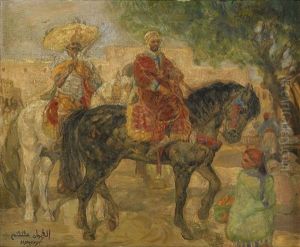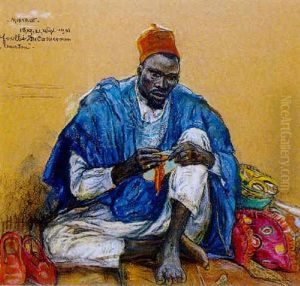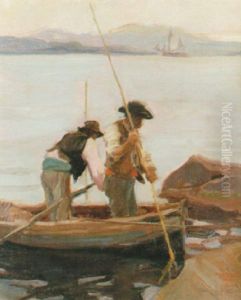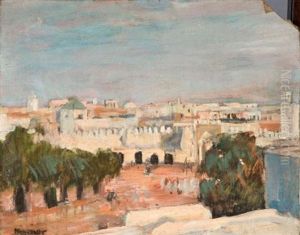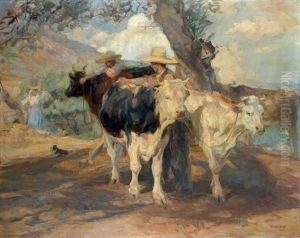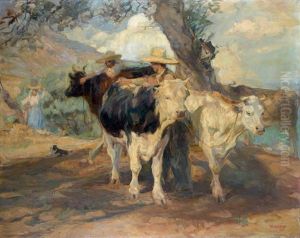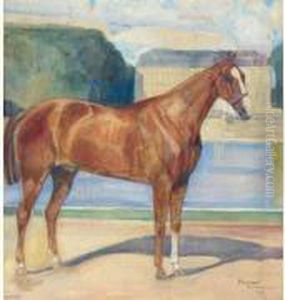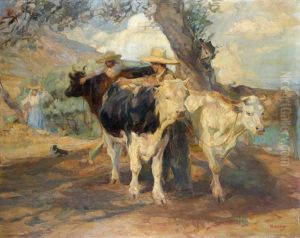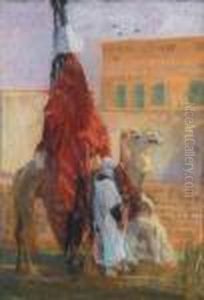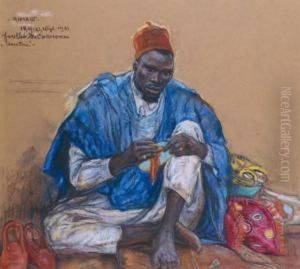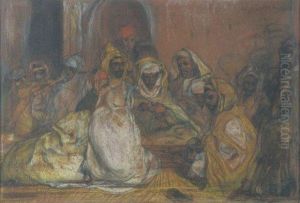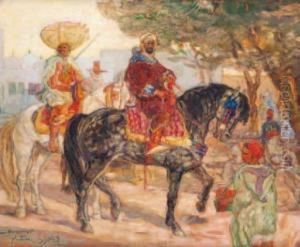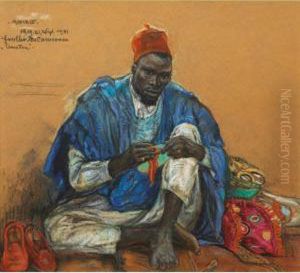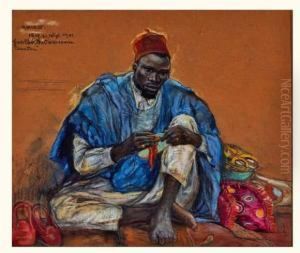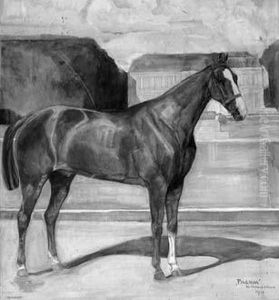Anna Morstadt Paintings
Anna Morstadt was an artist whose life and work were situated in the 19th century, a period marked by significant changes in art with the emergence of new styles and movements. Born in 1819, Morstadt was part of a cultural landscape that was still very much influenced by the traditions of the past, yet she was also a witness to the burgeoning modernist tendencies that would come to define the late 19th and early 20th centuries.
Although not as widely recognized as some of her contemporaries, Anna Morstadt was an accomplished artist whose body of work contributed to the rich tapestry of 19th-century European art. She was known to have been active in the visual arts, contributing to the genres likely dominated by the aesthetic norms of her time, including portraiture, landscape, and genre painting, which were popular among the middle and upper classes.
Her style would have been influenced by the dominant artistic movements of her era, such as Romanticism, which emphasized emotion and individualism; Realism, with its focus on depicting everyday life with truth and accuracy; and perhaps the early stirrings of Impressionism, which was just beginning to make its mark on the art world towards the end of her life.
As with many female artists of her time, Anna Morstadt may not have had the same opportunities for education and exhibition as her male counterparts. Despite these challenges, she would have honed her craft, possibly gaining recognition in local or regional art circles. Her works might have been exhibited in salons or local art galleries, contributing to the cultural life of her community.
Anna Morstadt passed away in 1902, at a time when the art world was on the cusp of dramatic change with the full emergence of modern art movements. Her legacy, like that of many women artists of the period, may have been somewhat obscured by the passage of time and the changing tastes of the art market. Nevertheless, her contributions remain a part of the rich mosaic of 19th-century art, offering insights into the era's aesthetic values and the role of women artists within it.
